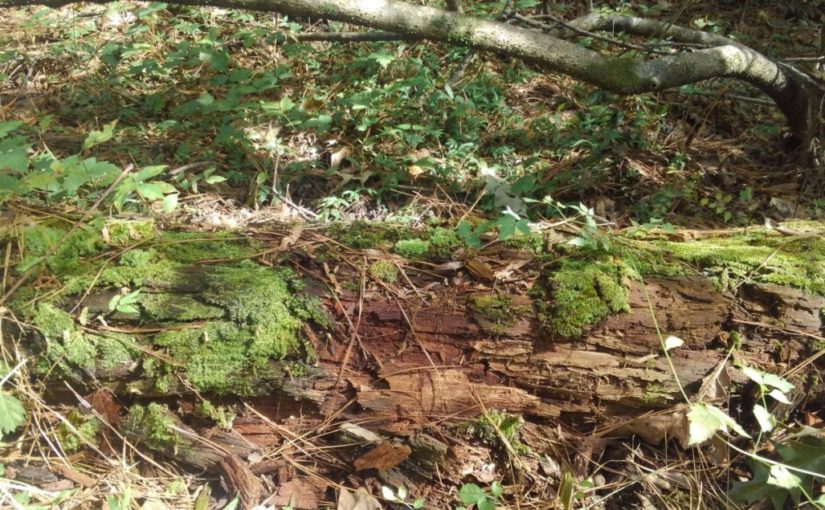-
Nature Therapy

A boy bounces down a bayou with binoculars. “Let’s check Turtle Rock, Mom”, he says, pulling me down the bank to peer expectantly at the cluster of rocks in the middle, scanning for the little turtles that we have been seeing scrambling back into the water at our approach. We hear a different bird call…